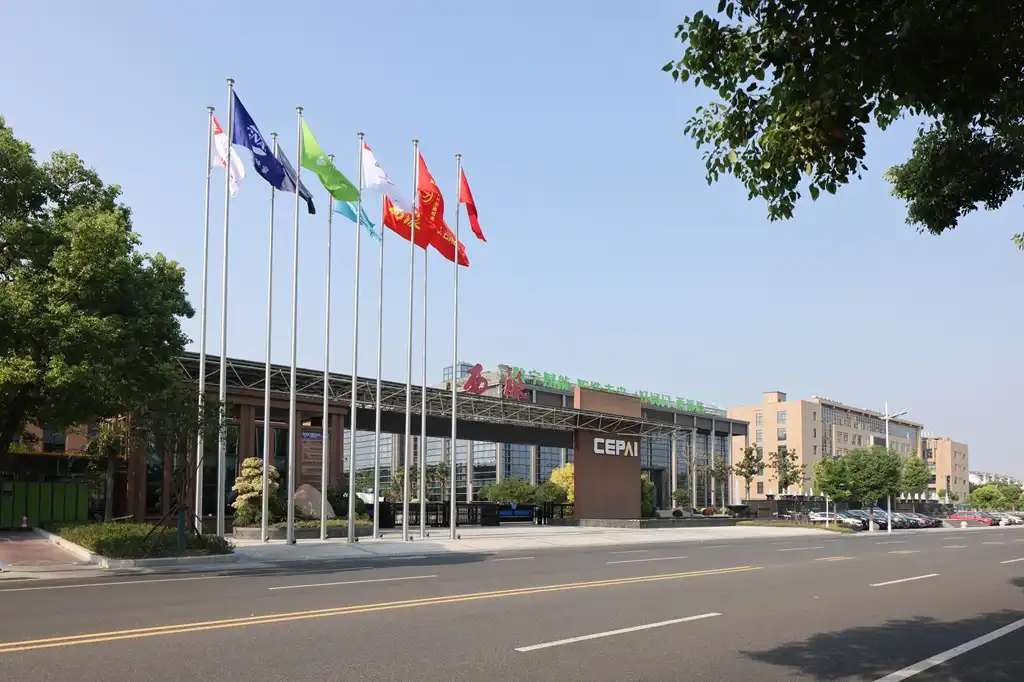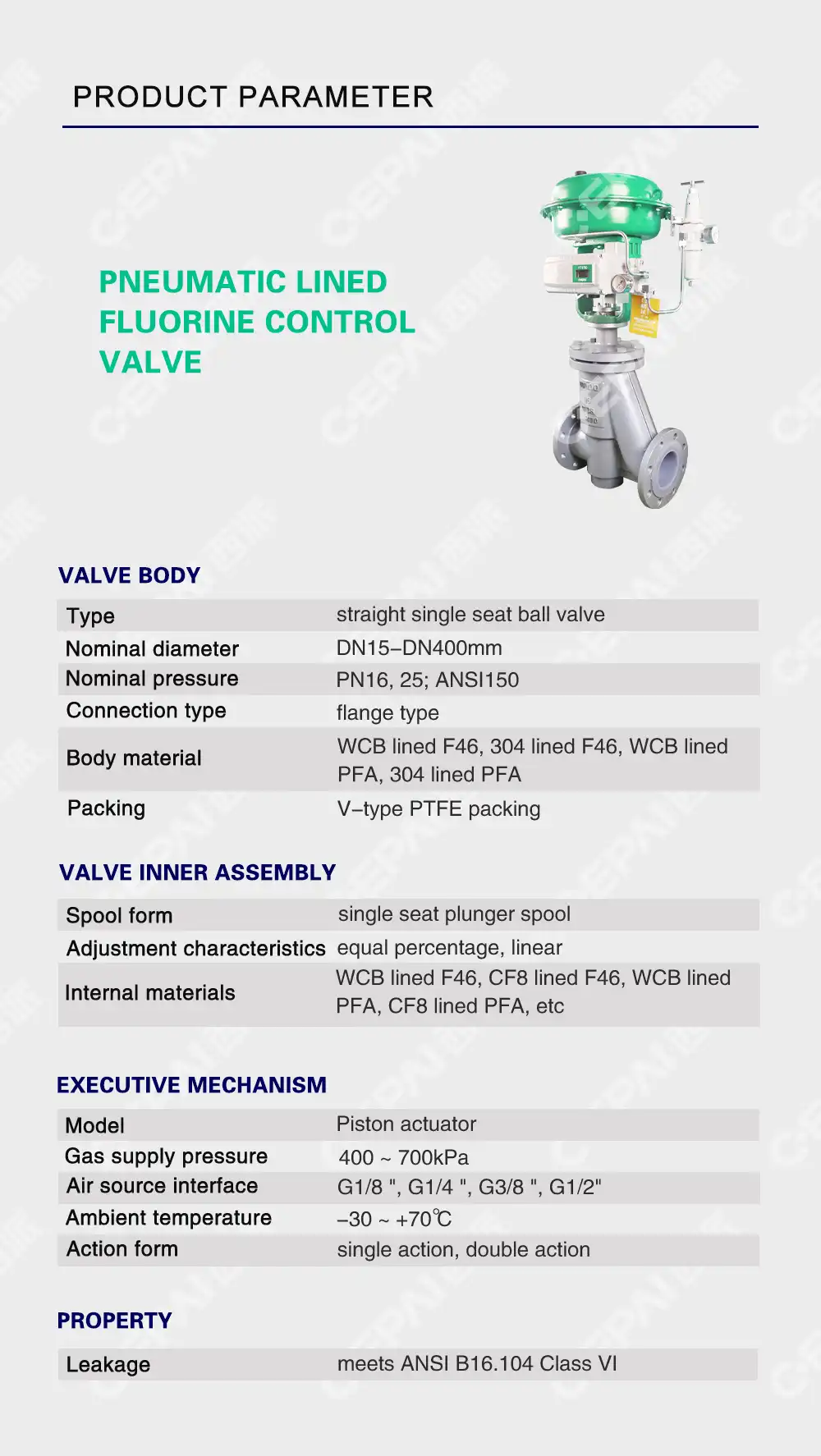The Historical Development of Pneumatic Valve Technology
Early Pneumatic Systems and Their Limitations
The journey of pneumatic valves began with rudimentary designs that relied on manual operation. These early systems, while groundbreaking for their time, faced numerous challenges. Precision control was difficult to achieve, and the valves were prone to wear and tear. Operators had to constantly monitor and adjust these systems, leading to inefficiencies and potential safety hazards. Despite these limitations, the potential of pneumatic technology was evident, spurring further research and development.
Advancements in Material Science and Manufacturing
As material science progressed, so did the capabilities of pneumatic valves. The presentation of more strong materials, such as high-grade stainless steel and progressed polymers, essentially upgraded the life span and execution of these components.Improved fabricating methods, counting exactness machining and computer-aided plan, permitted for more tightly resiliences and more complex valve geometries.These advancements resulted in pneumatic control valves that could withstand higher pressures, operate in more extreme environments, and provide more accurate flow control.
Integration of Electronic Controls and Automation
The integration of electronic controls marked a pivotal moment in the evolution of pneumatic valves. This merger of pneumatics and electronics, often referred to as "pneumatronics," opened up new possibilities for automation and remote operation. Solenoid-operated valves became increasingly common, allowing for rapid and precise switching. The introduction of proportional control valves further refined the level of control, enabling smooth and variable flow regulation. These developments significantly expanded the applications of pneumatic systems across industries, from manufacturing to aerospace.
Current State-of-the-Art in Pneumatic Valve Technology
Advanced Sealing Technologies and Materials
Modern pneumatic control valves employ cutting-edge sealing technologies to ensure leak-free operation and extend service life. Innovations in elastomeric compounds have produced seals that can withstand a wide range of temperatures and chemical environments. Additionally, the use of self-lubricating materials has reduced maintenance requirements and improved overall reliability. These advancements have made pneumatic valves suitable for critical applications where even minor leaks could lead to significant consequences.
Smart Valve Systems with Integrated Diagnostics
The integration of smart technologies has transformed pneumatic valves into intelligent components within industrial systems. Modern valves often feature built-in sensors and microprocessors that continuously monitor performance parameters such as pressure, flow rate, and valve position. This real-time data collection enables predictive maintenance strategies, reducing downtime and optimizing system efficiency. Some advanced pneumatic control valves can even self-diagnose issues and communicate with central control systems, facilitating rapid troubleshooting and maintenance.
Energy-Efficient Designs and Sustainability Features
As industries focus on reducing their environmental impact, pneumatic valve manufacturers have responded with energy-efficient designs. Low-power solenoids, optimized flow paths, and innovative pilot valve configurations have significantly reduced the energy consumption of pneumatic systems. Some valves now incorporate energy recovery mechanisms, capturing and reusing compressed air that would otherwise be vented to the atmosphere. These sustainability-focused features not only reduce operating costs but also align with global efforts to minimize industrial carbon footprints.
Future Trends and Innovations in Pneumatic Valve Technology
Internet of Things (IoT) Integration and Industry 4.0
The future of pneumatic valves is inextricably linked to the broader trend of Industry 4.0 and the Internet of Things (IoT). As industrial systems become more interconnected, pneumatic control valves will play a crucial role in this digital ecosystem. Advanced communication protocols will enable seamless integration with enterprise-level systems, allowing for unprecedented levels of process optimization. Real-time data from valves will feed into machine learning algorithms, enabling predictive maintenance and adaptive control strategies that can automatically adjust to changing production demands.
Miniaturization and Compact Valve Clusters
The drift towards miniaturization is set to proceed, with pneumatic valves getting to be littler and more compact without relinquishing execution. This lessening in estimate will empower the creation of more space-efficient pneumatic frameworks, especially useful in businesses where genuine bequest is at a premium, such as semiconductor fabricating or versatile restorative gadgets. Compact valve clusters, joining numerous valve capacities into a single unit, will gotten to be progressively common, disentangling establishment and decreasing the in general impression of pneumatic control frameworks.
Bio-Inspired Designs and Soft Robotics Applications
Emerging research in bio-inspired engineering and soft robotics is opening up new frontiers for pneumatic valve technology. Future valves may incorporate flexible, adaptive structures inspired by natural organisms, capable of precise control over compliant actuators. These developments may lead to pneumatic frameworks that are more secure for human interaction, more versatile to sporadic surfaces, and able of taking care of fragile objects with uncommon adroitness. Such headways will extend the application of pneumatic innovation into areas such as assistive gadgets, prosthetics, and progressed automated frameworks.
Conclusion
The evolution of pneumatic valves reflects the broader trends of industrial advancement, from simple mechanical devices to sophisticated, intelligent components. As we look to the future, the integration of smart technologies, sustainability features, and innovative designs promises to further enhance the capabilities of pneumatic control valves. These headways will not as it were make strides effectiveness and unwavering quality but too open up modern applications over different businesses. The progressing advancement of pneumatic valve innovation underscores its persevering significance in advanced mechanical frameworks and its potential to drive future advancements.
Contact Us
At CEPAI Group, we're at the forefront of pneumatic valve technology, offering cutting-edge solutions that drive industrial efficiency and innovation. Experience the benefits of our advanced pneumatic control valves and discover how they can optimize your operations. Contact us today at cepai@cepai.com to learn more about our products and how we can support your specific needs.


_1746598525968.webp)



